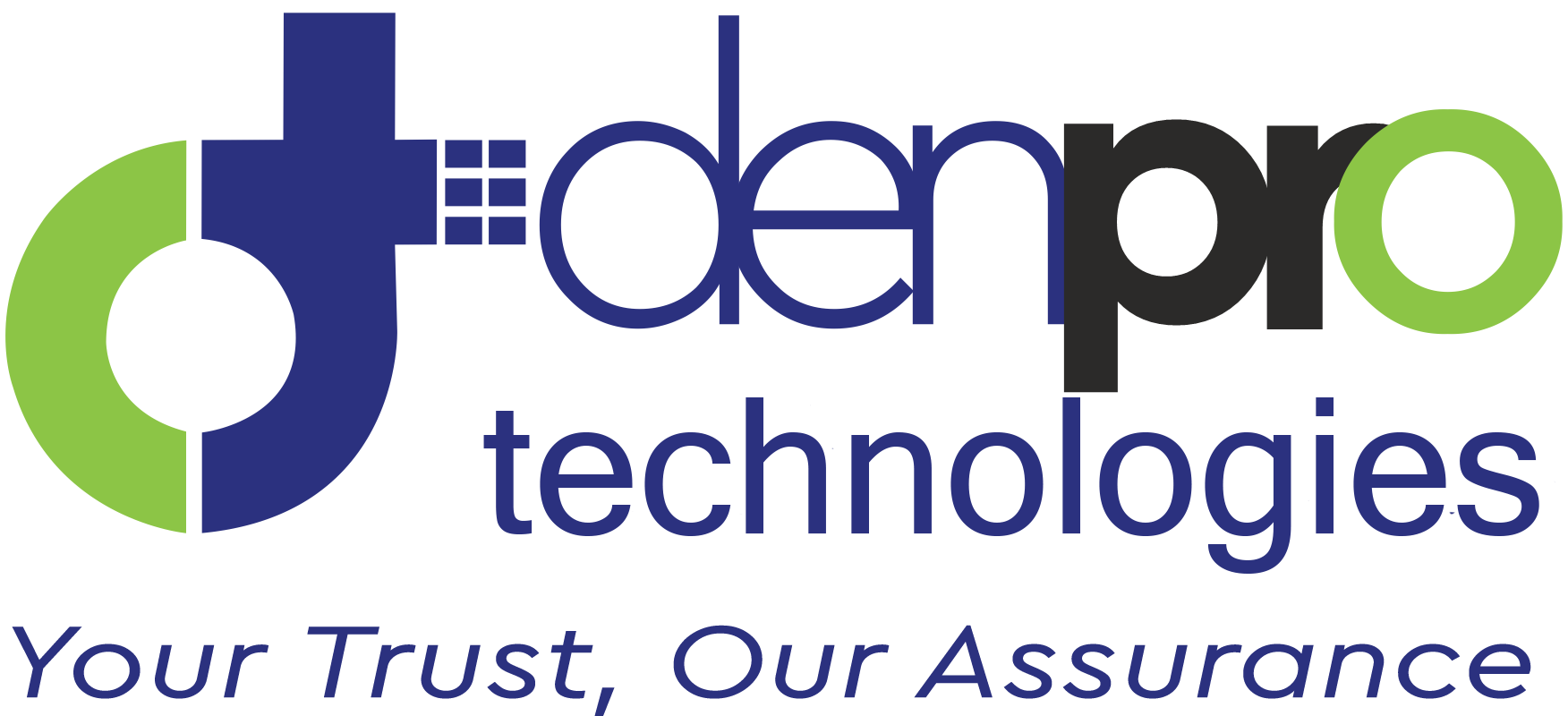Integrating SAP S/4HANA with 3rd Party Applications and Legacy Systems with us

The process of linking SAP S/4HANA with other non-SAP systems utilized by the organization is referred to as integrating SAP S/4HANA with 3rd party apps and legacy systems. The organization can maximize its investment in SAP S/4HANA thanks to this connectivity, which enables data interchange, business process automation, and smooth system interaction.
Integrating SAP S/4HANA with legacy systems and third-party applications entails a number of steps:
1. Data Integration: This entails transferring data into SAP S/4HANA from legacy systems and third-party integration. This procedure frequently involves data field mapping, data validation, and data cleaning.
2. Application Integration: In this step, SAP S/4HANA is integrated with other enterprise applications like CRM, ERP, and e-commerce platforms. Middleware, such as SAP Process Orchestration, or the creation of original integration techniques can be used for this.
3. Business Process Integration: In this step, SAP S/4HANA is integrated with the organization’s current business processes. This may entail automating procedures like inventory control or the approval of purchase orders as well as linking them with other systems like supply chain or logistics management.
4. Security Integration: In this step, it is made sure that the systems and data are safe and that only people with permission can access them.
5. Monitoring and Optimization: This entails keeping an eye on how the integrated systems are performing and making the required adjustments to make sure they are operating effectively and efficiently.
In order to develop a smooth and effective system that can enhance business operations, boost productivity, and offer real-time data insights to support decision-making, SAP S/4HANA is being integrated with legacy systems as well as third-party apps. Middleware, application programming interfaces (APIs), or other integration tools can be used to connect several systems and ensure real-time data sharing, processing, and updating.
The difficulties in integrating older systems and third-party apps with S/4HANA
When integrating their data structures with SAP S/4HANA, any third-party apps will have technical, process-related, and semantic constraints that must be taken into account. Cloud-based apps present additional difficulties, such as when configuring firewalls.
The sheer number of applications and systems magnifies their variations, even though a number of third-party solutions have attempted to incorporate specific standards in, for example, data structures. That is difficult, especially in light of the requirement for process orchestration, which entails jobs and processes that operate fluidly and automatically at the appropriate times.
Another issue is that internal systems and legacy systems frequently only have rudimentary interface technology. What is the best, most reliable method of granting access to these systems given this limitation? How can the data structures be made to function during system-to-system transactions? Or in a procedure that is controlled by centralized master data? How can you guarantee the security of these systems if they are going to be a part of a scalable, cloud computing architecture, how will the firewall and security precautions impact their integration into the architecture, furthermore? Successful integration requires thinking about and being able to respond to questions like these.
Why not learn more about Denpro technologies solutions for SAP S/4HANA integration? And read more about all the factors you must take into account when undertaking this enormous task in our posts on SAP S/4HANA integration. One thing is certain: S/4HANA integration is best left in the hands of professionals.
